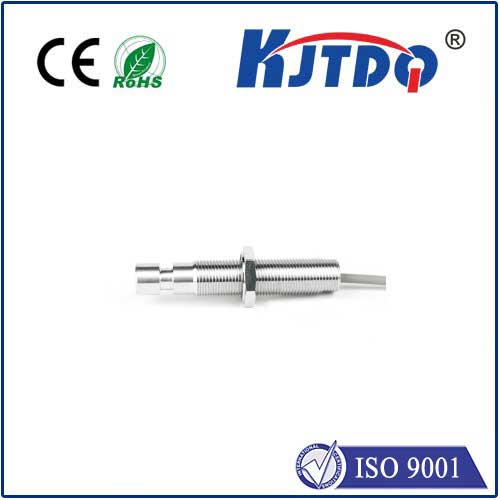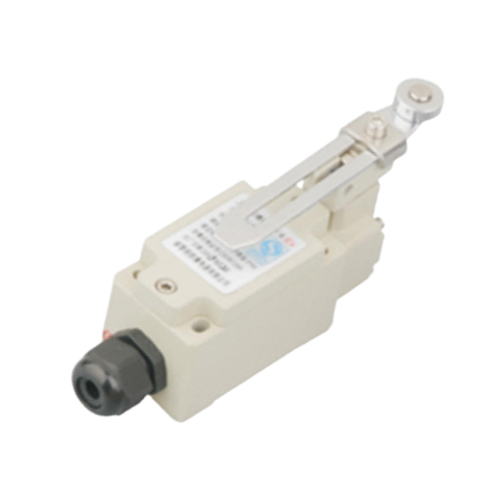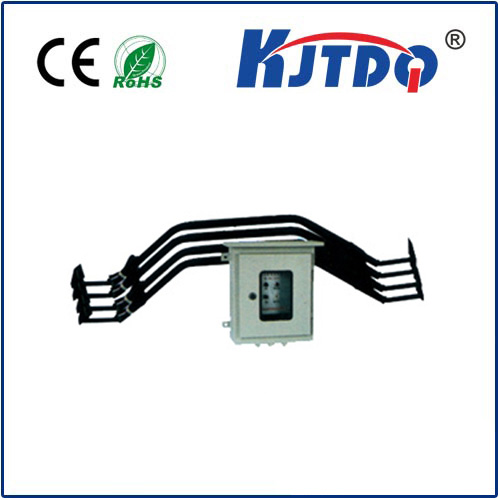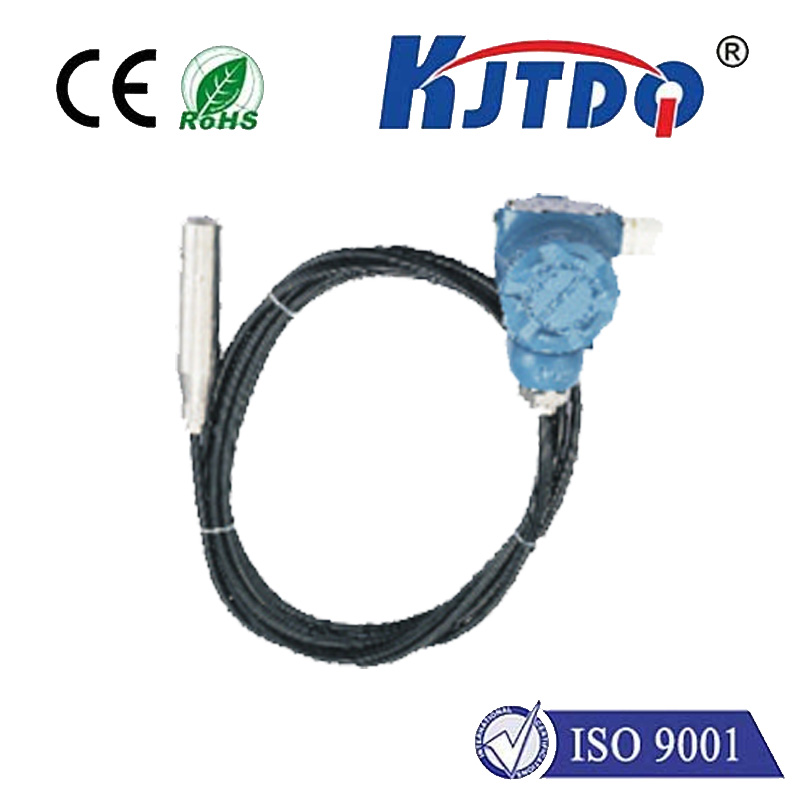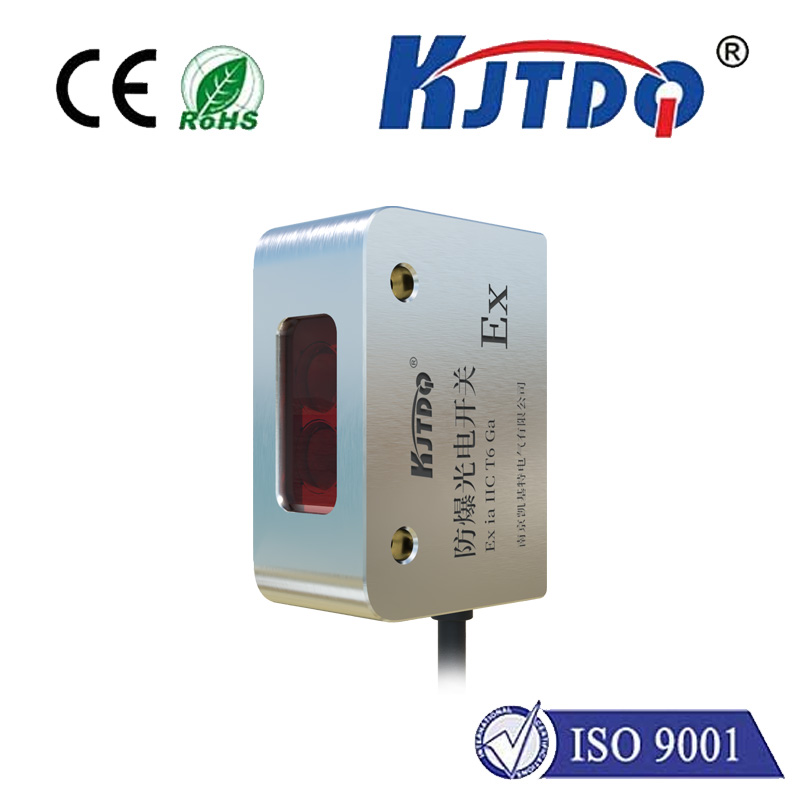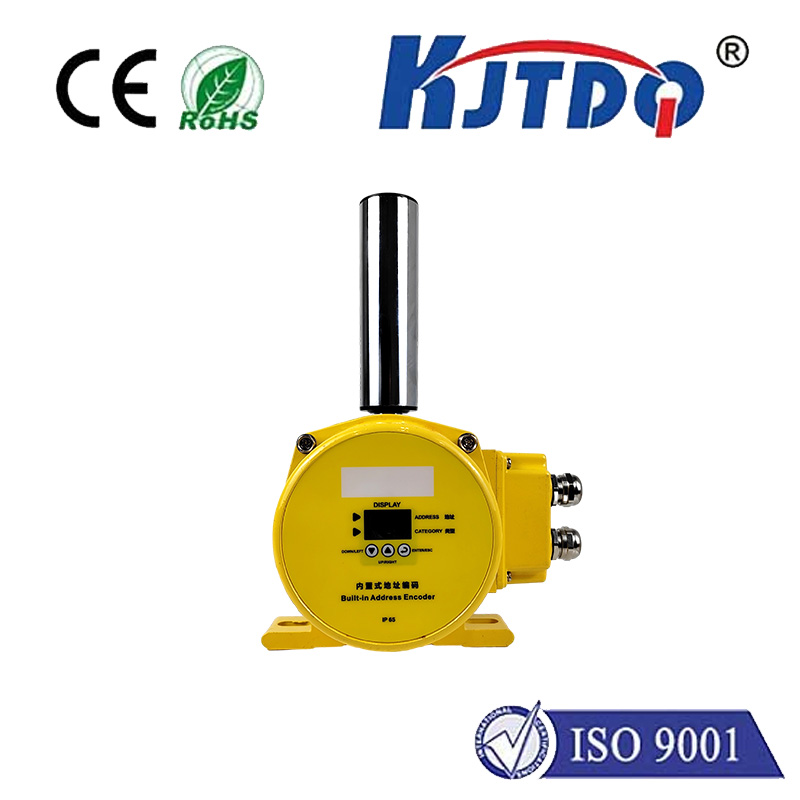We encounter them everywhere, often without a second thought. That reassuring chirp when your smart thermostat adjusts? The perfectly cooked meal thanks to your oven? The life-saving alarm detecting a fever in a hospital ward? The intricate dance maintaining stability in a semiconductor fab? Behind these seemingly ordinary moments lies a critical, yet frequently unseen, technology: the temperature sensor. These remarkable devices act as the silent sentinels, constantly monitoring thermal energy within systems and environments, providing the essential data that keeps our world running smoothly, safely, and efficiently. Understanding how they work and where they are used reveals their indispensable role in everyday life and cutting-edge industry.
The Fundamental Principle: Sensing the Heat
At its core, a temperature sensor is designed to translate the physical phenomenon of heat (thermal energy) into a quantifiable signal, usually electrical. This signal can be a voltage, current, resistance change, or even a digital output, which can then be interpreted by other electronic components like controllers or displays. The magic happens through various physical principles:
A Universe of Sensors: Choosing the Right Tool

The vast range of applications demands diverse temperature sensing technologies, each with its own strengths and ideal use cases:
| Sensor Type | Key Advantages | Common Applications | Key Considerations |
|---|---|---|---|
| Термоэлектрический термометр | Wide temp range (-200°C to +2300°C), Rugged, Fast response, Self-powered | Industrial processes, Furnaces, Gas turbines, Engine monitoring | Requires cold junction compensation, Lower accuracy vs RTDs, Susceptible to noise |
| RTDs (Pt100/Pt1000) | High accuracy & stability, Excellent linearity, Wide range (-200°C to +850°C) | Laboratory standards, Process control, Food/beverage, HVAC, Medical | More expensive than thermocouples, Slower response, Current excitation needed |
| Thermistors (NTC/PTC) | High sensitivity (small ΔT = large ΔR), Low cost, Fast response | Consumer appliances, Battery temp monitoring, In-cabinet temp control, Medical devices | Non-linear response, Limited temperature range, Self-heating possible |
| Infrared (IR) | Non-contact, Measures moving/hard-to-reach objects, Very fast response | Body temperature screening, Manufacturing lines, Electrical equipment monitoring, Automotive | Measures surface temp only, Affected by emissivity, Dust/moisture can interfere |
| IC/Semiconductor | Easy integration, Linear output, Digital output options, Low cost | Computers, Mobile devices, Consumer electronics, Environmental monitoring | Limited temperature range (typically -55°C to +150°C), Slower than thermocouples |
Where the Heat Matters: Ubiquitous Applications
The reach of temperature sensing technology is astonishing:
The Future is Smart and Connected
Temperature sensing technology is far from static. We are witnessing a significant shift towards smart sensors. These devices integrate the sensing element with processing power (like microcontrollers) and communication capabilities (like Wi-Fi, Bluetooth, LoRaWAN). This enables:
Furthermore, advancements in materials science and microfabrication (MEMS - Micro-Electro-Mechanical Systems) are leading to even smaller, more power-efficient, and lower-cost sensors, opening doors for applications in wearable health monitors, densely instrumented industrial equipment, and pervasive environmental sensing grids.
The Essential Pulse of Control
From the simplest household gadget to the most complex industrial machine or life-critical medical device, the temperature sensor serves as a fundamental, often invisible, component. It provides the essential thermal awareness that allows systems to operate safely, efficiently, and effectively. As technology evolves towards greater connectivity and intelligence, the role of Температурная индукция becomes even more critical
